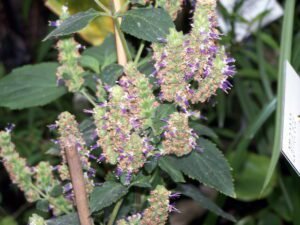Introduction
Imagine walking into a room filled with the warm, spicy aroma of cinnamon. Instantly, your senses are heightened, your stress melts away, and a sense of spiritual calmness envelops you. While the significance of incense spans cultures and centuries, the benefits of cinnamon incense are uniquely powerful, making it stand out. It’s not just a scent; it’s an experience—one that has been cherished across civilizations for its multifaceted role in enhancing our well-being.
Disclaimer:
We earn a commission at no extra cost to you if you click a link and make a purchase

Table of Contents
What is Cinnamon Incense?
When you think of incense, a variety of fragrances might flood your mind, from sandalwood and lavender to frankincense and myrrh. But among this plethora of aromatic options, cinnamon incense stands out, capturing hearts and minds through the ages. Let’s explore the essence of this particular incense in greater detail.
Definition and Basics
When we refer to cinnamon incense, we’re talking about an intricately crafted aromatic tool that goes beyond the mere diffusion of scent into the air. It’s an amalgamation of both art and science, combining natural ingredients in precise proportions to create an aromatic experience that can influence emotions, mental states, and even physical well-being. What makes cinnamon incense so compelling is its core aromatic profile, derived from the cinnamon tree. When you burn a stick or cone of cinnamon incense, what you’re really doing is releasing the distilled essence of this ancient spice into your environment.
At its core, cinnamon incense consists of a combustible base, most commonly a bamboo stick for stick incense or a blend of natural resins for cone or resin varieties. This base is then imbued with the aromatic essence of cinnamon, derived either directly from cinnamon bark or through essential oils extracted from the plant. This ensures a steady release of the fragrance when the incense is ignited.
But here’s the most magical part: this simple combustion sets off a cascade of sensory experiences. The aroma diffuses into the air, creating a warm, spicy, and slightly sweet ambiance that envelops the room. In those moments, the incense becomes more than just a fragrance; it transforms into an experience that engages not just the sense of smell but also touches the mind and the soul.
Ingredients Used
If you’re investing in cinnamon incense, it’s not just the aromatic profile you should be concerned about; the ingredients list is equally crucial. In a market filled with synthetic fragrances and artificial binders, you should know what you’re inviting into your space. The gold standard of cinnamon incense incorporates natural, unadulterated cinnamon bark or essential oil extracted from genuine cinnamon trees. This essence captures the authentic aroma and potential benefits of the spice.
The binding agents used to create the incense sticks or cones are also vital. Look for those that use natural binders like gum arabic, makko powder, or even honey, which not only facilitate a smooth, consistent burn but also are less likely to produce harmful byproducts when combusted. You’ll often find cinnamon incense that incorporates other natural ingredients, such as clove, cardamom, or orange essential oils, to create a multi-layered aromatic profile. These additions can enhance the primary cinnamon scent, creating a rich tapestry of fragrance that elevates the overall experience.
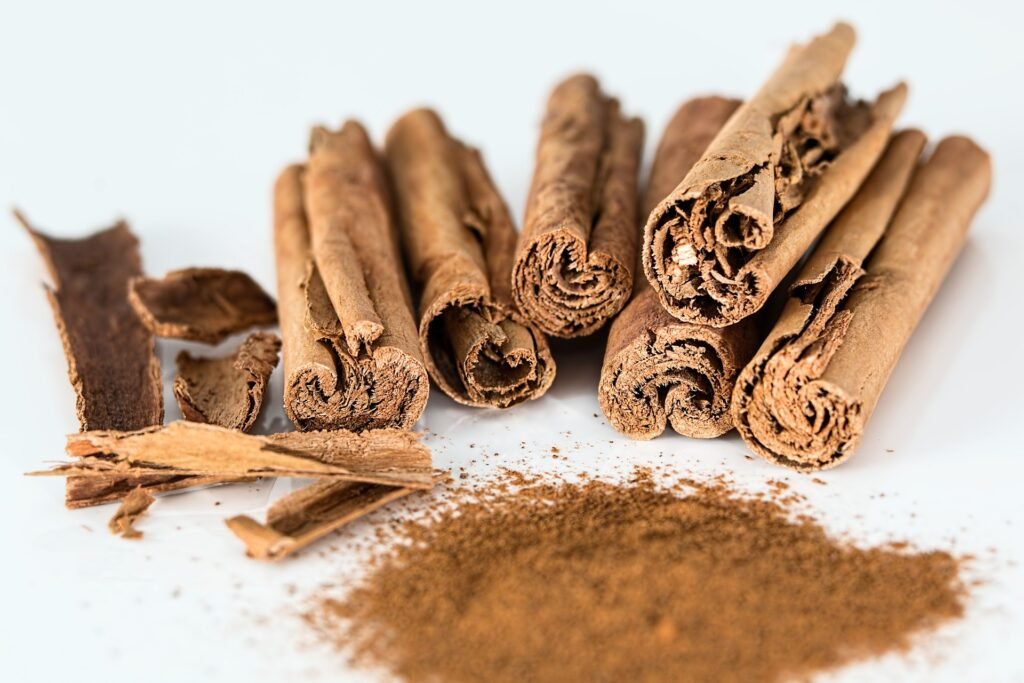
The Multifaceted Benefits of Cinnamon Incense
When one thinks of incense, it’s easy to pigeonhole it as a mere aromatic indulgence or perhaps a component of spiritual ritual. Yet, cinnamon incense disrupts this confined understanding, transcending its aromatic allure to stand as a powerful tool for holistic health and well-being. Its benefits extend into the psychological realm, delve into physiological advantages, and touch the profound depths of spiritual experiences. So, let’s move past surface-level assumptions and unearth the expansive spectrum of benefits that cinnamon incense offers.
Psychological Benefits
Make no mistake—cinnamon incense is not just another pleasurable scent; it’s an active agent for mental rejuvenation. From the moment its rich, spicy aroma fills the air, a tangible shift in mental state occurs. The scent acts as a balm on the agitated mind, silencing the incessant chatter of everyday stress and beckoning you into a state of tranquil focus. Long utilized in meditative practices, its profound calming effects are more than just experiential; they’re transformational for your overall mental well-being.
But the psychological benefits don’t end with relaxation. The aroma carries undertones of warmth and subtle sweetness, which work synergistically to lift your spirits. It’s as though the scent understands the intricate chemistry of human emotion, effortlessly lightening moods and imbuing a sense of joyous vitality into your psychological landscape.
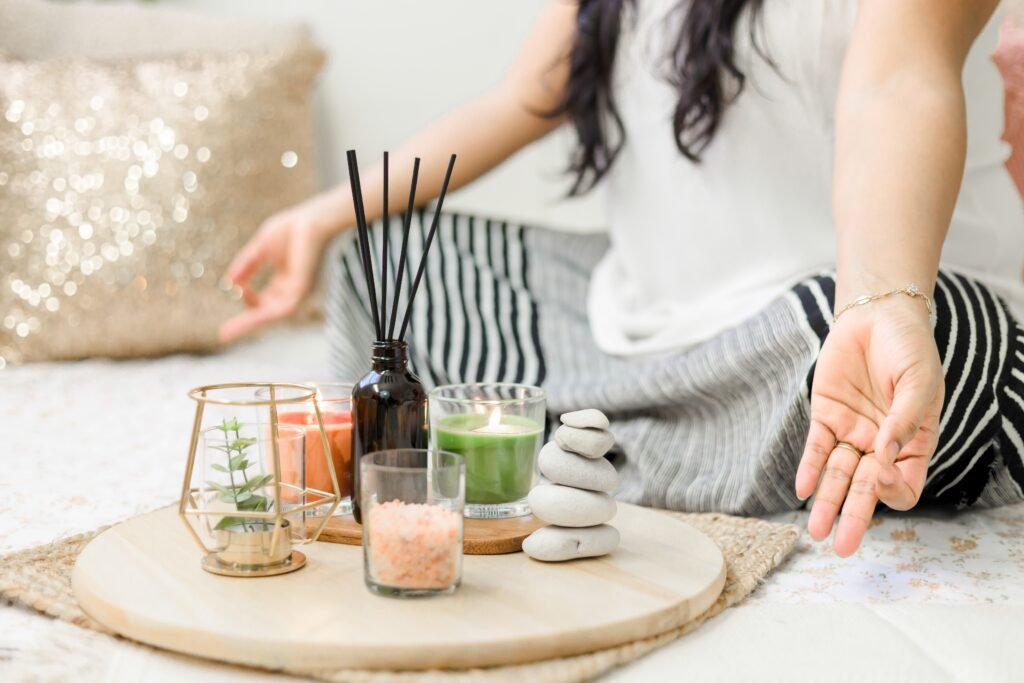
Physiological Benefits
There’s an astounding depth to the physiological benefits that cinnamon incense brings to the table. For starters, its antimicrobial characteristics act as an invisible shield, purifying the air and creating an environment less hospitable to pathogens. This is not just a fleeting effect; the aromatic compounds have a lasting impact, making them invaluable for maintaining a clean, healthy space.
And let’s delve into its respiratory benefits—something many of us could truly appreciate. The anti-inflammatory compounds present in cinnamon work their subtle magic as you inhale the incense. For individuals dealing with respiratory issues such as asthma or bronchitis, this can offer a form of relief that is not only immediate but also enveloping, fostering easier breathing and a more comfortable existence.
Spiritual Benefits
Reducing cinnamon incense to a mere aromatic or medicinal tool would be doing it a grave injustice. For generations and across diverse cultures, its spiritual relevance has been undeniable. Whether it’s in the hallowed halls of temples or the intimate space of a home altar, cinnamon incense serves as more than just an olfactory backdrop. It’s an energetic catalyst, an ethereal link that deepens your engagement with spiritual practices and rituals.
When you light a stick of cinnamon incense as you sit for meditation or prepare for a ritual, you’re doing more than setting a mood—you’re elevating the very essence of the spiritual activity. The aroma acts as a bridge, connecting the corporeal to the ethereal, the mundane to the divine.
The History of Cinnamon Incense
While the aroma of cinnamon incense fills rooms today, the essence of its history fills entire civilizations and epochs. It’s not just a fleeting fragrance; it’s a tapestry woven into the fabric of humanity’s cultural, religious, and medicinal practices. Let’s dive into this rich past, and in doing so, deepen our understanding of why cinnamon incense continues to be a treasured aromatic and spiritual tool.
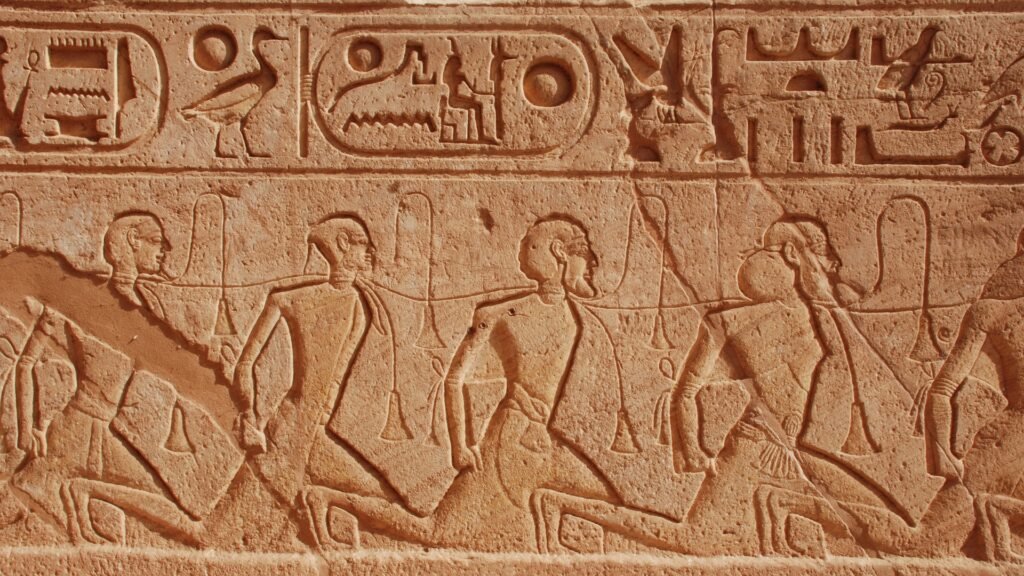
Early Use in Ancient Cultures
The odyssey of cinnamon incense is steeped in the annals of ancient civilizations, standing as a testament to its enduring appeal and multifaceted utility. Take Egypt, for instance, where cinnamon was far more than a mere aromatic accessory. It was a linchpin in religious rituals and even figured prominently in the intricate process of mummification. The Egyptians didn’t merely value cinnamon for its preservative prowess; they believed its rich, potent aroma had the divine power to appease the gods themselves.
Shift your gaze eastward, and the narrative intensifies. In the venerable traditions of China and India, cinnamon incense transcended mere olfactory pleasure to occupy a pivotal role in medicinal paradigms like Ayurveda and Traditional Chinese Medicine. This was no trivial matter. These ancient cultures attributed to cinnamon incense an array of medicinal virtues, recognizing its capacity to recalibrate bodily humors and even serve as a catalyst for meditation and spiritual growth. Thus, long before modern science began its empirical inquiries, the ancients had already grasped the intricate, multi-layered benefits of this extraordinary aromatic substance.
Religious Significance
The narrative of cinnamon incense takes a transcendent turn when we explore its religious significance. It’s not merely a sensory indulgence; it’s a spiritual conduit. In Hindu rituals, cinnamon incense sticks are commonly used in temples and homes to create an ambiance of purity and sanctity. Buddhists incorporate it into meditation practices, capitalizing on its ability to induce mental clarity and focus.
Let’s not overlook its mentions in the Bible, either. The Book of Exodus famously lists cinnamon among the ingredients for a sacred anointing oil. In Christian traditions, it often figures during Easter and Christmas services, its aroma symbolizing the sanctity and warmth of these holy occasions.
Modern-Day Popularity
Fast forward to the present, and cinnamon incense has transcended its traditional confines to become a staple in the global wellness and spirituality movement. No longer just the reserve of religious ceremonies or ancient medicinal practices, it’s now a common household item. People burn cinnamon incense to destress after a long day, set the mood for a mindful yoga session, or simply to indulge in its intoxicating aroma.
And let’s talk about its ubiquity in modern stores—both physical and online. From specialized spiritual shops to mainstream supermarkets, cinnamon incense has claimed its space. In a time where stress and anxiety are rampant, many are turning back to this ancient aromatic tool as a natural remedy for modern maladies.
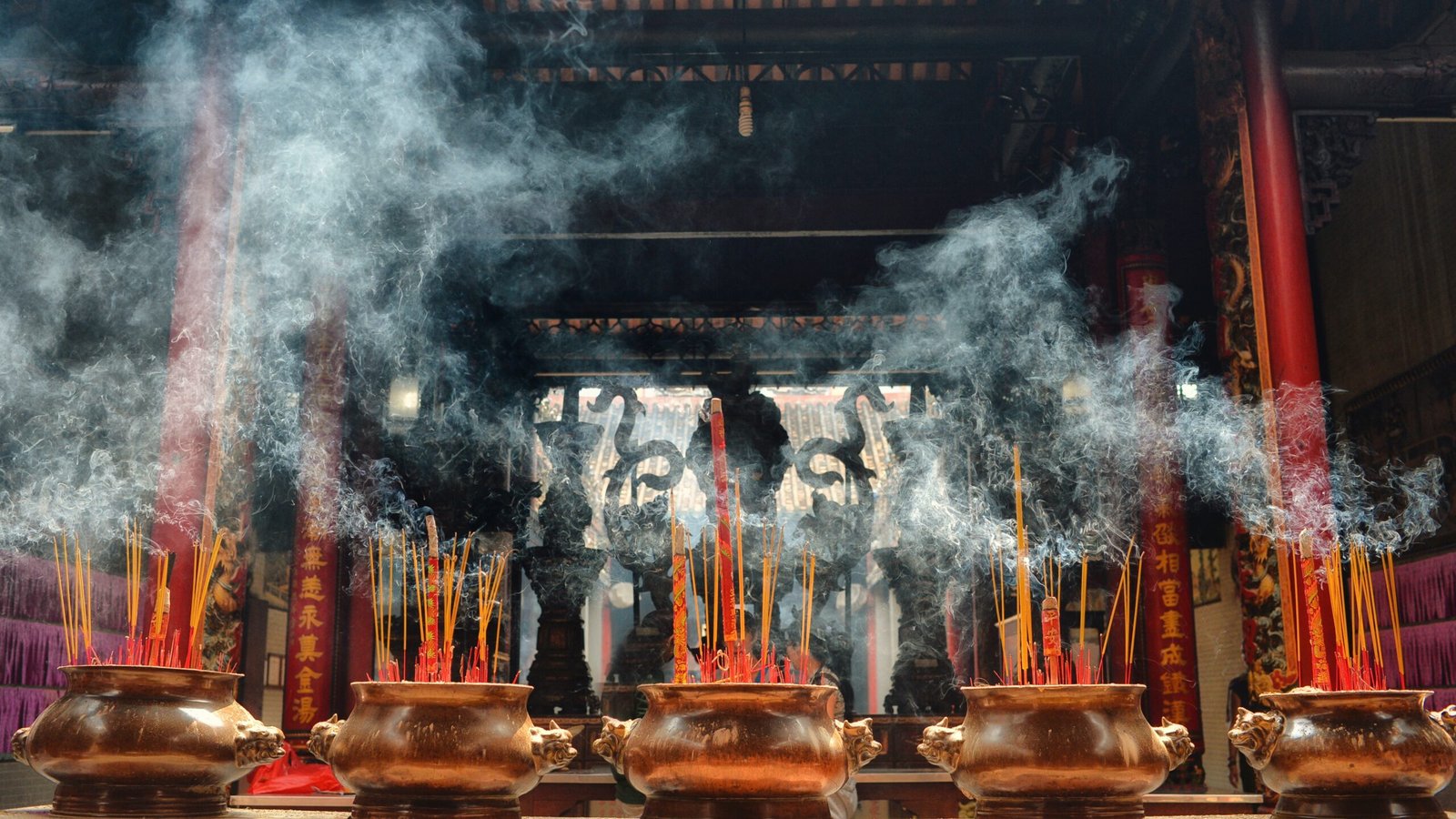
The Aromatic Profile of Cinnamon Incense
When we talk about the aromatic profile of cinnamon incense, we’re diving into a multi-layered sensory experience that spans far beyond a simple aromatic sensation. This is an olfactory journey that beckons us to understand the nuances and complexities that form its essence. So let’s dissect what makes this scent so compelling, how it arouses emotional and mental states, and the art of mixing it with other fragrances to curate an even more intricate scent-scape.
Understanding the Multidimensional Scent Characteristics
When you first light a stick of cinnamon incense, the immediate aroma that wafts into the air is an assertive burst of spice. This is not a timid scent; it grabs your attention, invigorating your senses and imbuing the atmosphere with its vitality. As you spend more time enveloped in its aroma, you’ll discover it’s far from one-dimensional. Following that initial spiciness, warm undertones gently emerge, providing a comforting balance that feels like a warm hug on a cold day. But wait, the journey isn’t over. A subtle sweetness lingers, tinged with a woody nuance that adds an elegant sophistication to the overall scent profile.
What’s truly fascinating is cinnamon’s aromatic longevity. This isn’t a fragrance that dissipates into oblivion; it clings to the atmosphere, marking its territory with authority. You’ll notice its presence even after the smoke has cleared, an imprint left on your sensory memory. Its tenacity is a testament to its complex blend of volatile oils, resins, and botanical elements.
The Art of Scent Pairing
The aromatic profile of cinnamon incense offers endless possibilities when it comes to pairing with other scents. Its complexity allows it to complement a variety of fragrances, and here’s how you can create unique scent combinations:
- With Citrus Notes: Pairing cinnamon with citrus fragrances like lemon or orange creates an olfactory experience that’s nothing short of invigorating. The tartness and zing of citrus notes break through the dense spiciness of cinnamon, resulting in a balanced, fresh aroma that reinvigorates your space.
- With Earthy, Woody Scents: Blend cinnamon incense with earthy fragrances like sandalwood or cedar, and what you get is an enriched, grounding aromatic profile. This duo conjures a sense of depth and tranquility, making it the go-to choice for moments of meditation or deep relaxation.
- With Exotic Floral Aromas: For a more adventurous aromatic blend, consider coupling cinnamon with floral fragrances like jasmine or lavender. The spiciness of cinnamon creates a compelling contrast with the delicate floral notes, generating an intricate aroma that can cater to a broad range of sensory preferences and moods.
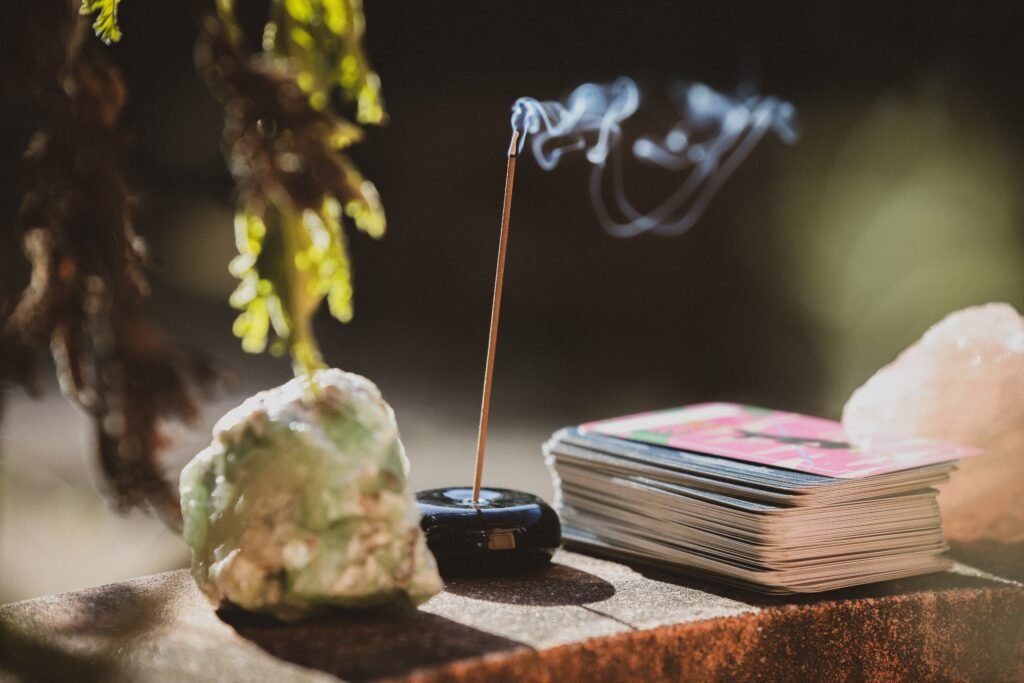
Conclusion
When you ignite a stick of cinnamon incense, understand that you’re doing much more than merely releasing a pleasant scent into your surroundings. You’re unlocking a gateway to holistic well-being, tapping into an aromatic reservoir that has the extraordinary capability to enhance multiple facets of your existence.
So, the next time you light a stick of cinnamon incense, realize the profundity of the act. You’re not simply engaging with an aromatic accessory; you’re activating a multi-dimensional tool with an array of benefits that resonate on psychological, physiological, and spiritual levels. You’re enriching your life on multiple fronts, inviting tranquility, wellness, and deeper spirituality into your daily experience.
Disclaimer:
We earn a commission at no extra cost to you if you click a link and make a purchase
Frequently Asked Questions (FAQ)
What is Cinnamon Incense Made Of?
Cinnamon incense primarily consists of cinnamon bark, often combined with a base material like bamboo sticks or charcoal. Some variations may include additional botanical ingredients or essential oils to diversify the scent profile.
Is Cinnamon Incense Safe to Use?
Generally, cinnamon incense is safe for most people when used in well-ventilated areas. However, those with respiratory issues or sensitivities to smoke should exercise caution. Always ensure you’re buying high-quality incense to avoid harmful additives.
Can Cinnamon Incense Replace Cinnamon Essential Oil?
While both share similar aromatic and some health benefits, they serve different purposes. Essential oils are more concentrated and usually used in diffusers or diluted in carrier oils for topical application. Incense provides a more ambient, encompassing aroma and is generally easier to use.
Does Cinnamon Incense Attract or Repel Insects?
Interestingly, the scent of cinnamon has been noted for its natural insect-repelling properties. So, besides its aromatic and health benefits, it can be a useful tool during warm seasons when insects are more prevalent.
Can I Use Cinnamon Incense for Meditation?
Absolutely. Cinnamon incense has been used for centuries to enhance meditation and spiritual practices. Its calming effects on the mind make it an excellent aid for deeper focus and mindfulness.
Is Cinnamon Incense Safe for Pets?
Generally, it’s best to exercise caution. While cinnamon itself is not toxic to pets, the smoke from incense can be irritating to them, especially to birds and small animals with sensitive respiratory systems. Always ensure proper ventilation if you use incense in a home with pets.
How Long Does Cinnamon Incense Last?
The longevity of a cinnamon incense stick depends on its size and quality. Typically, standard sticks last for about 30-45 minutes, but larger ones can burn for up to 2 hours. Always remember to extinguish the incense completely if you’re leaving the room or going to sleep.
Can I Make My Own Cinnamon Incense?
Certainly! Making your own incense allows you to control the ingredients and personalize the scent. Basic recipes often involve cinnamon powder or essential oil, a base like charcoal or bamboo, and a binding agent like gum arabic.



